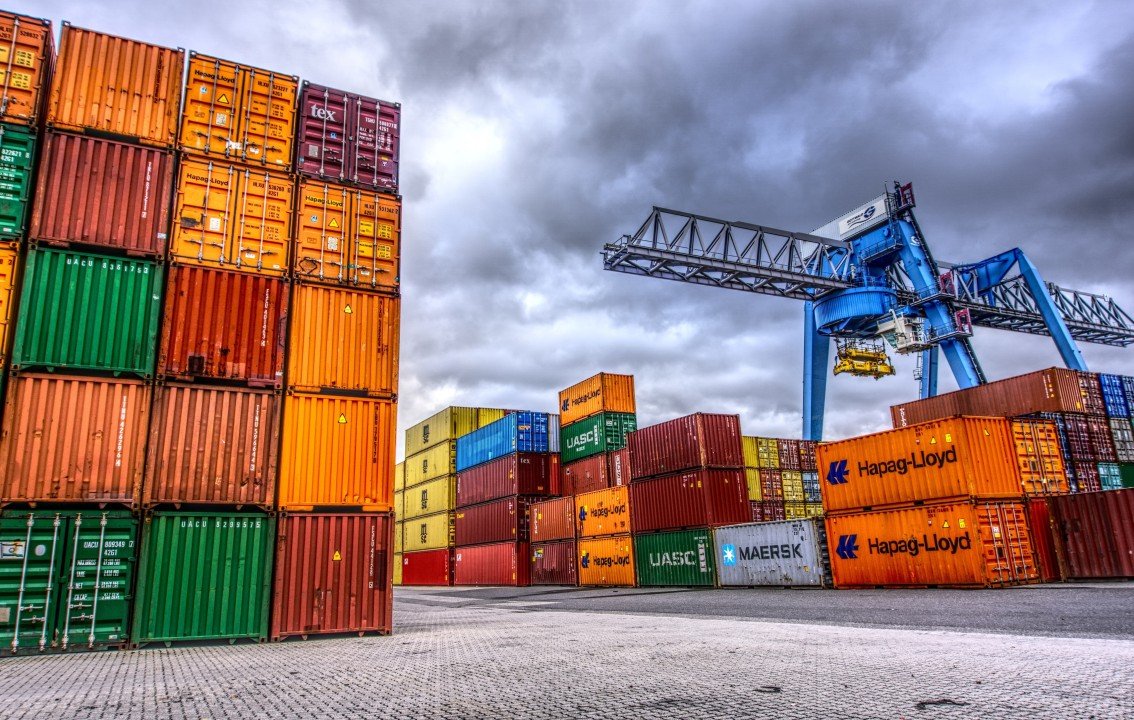Staying Ahead: Tracking Trends and Challenges in Fashion Industry Reshoring and Nearshoring
As fashion brands increasingly shift towards reshoring and nearshoring strategies, staying informed about industry trends and challenges is essential for maintaining a competitive edge. With fluctuating trade policies, evolving consumer preferences, and advances in sustainable manufacturing, brands must proactively track developments that impact apparel production. So how can businesses stay ahead in this dynamic landscape?
As fashion brands increasingly shift towards reshoring and nearshoring strategies, staying informed about industry trends and challenges is essential for maintaining a competitive edge. With fluctuating trade policies, evolving consumer preferences, and advances in sustainable manufacturing, brands must proactively track developments that impact apparel production. So how can businesses stay ahead in this dynamic landscape?
Industry Reports and Market Research
One of the most reliable ways to monitor reshoring and nearshoring trends is through industry reports and market research. Organizations such as the U.S. Fashion Industry Association (USFIA), Apparel Resources, and McKinsey & Company regularly publish reports analyzing global trade shifts, supply chain challenges, and apparel production cost analysis. Reports detailing the cost-benefit analysis of reshoring luxury fashion production or the impact of tariffs on nearshoring leather goods production can provide essential insights for decision-making.
Trade Organizations and Professional Networks
Being part of industry organizations helps fashion brands gain firsthand knowledge about policy changes, new sourcing opportunities, and best practices in reshoring and nearshoring. Groups like the American Apparel & Footwear Association (AAFA) and the Sourcing Journal Executive Forum offer valuable networking events, white papers, and expert discussions on topics like sustainable fashion nearshoring and traceable fashion supply chains. Engaging in these networks allows brands to adapt quickly to emerging trends and regulations.
Government Policies and Trade Regulations
Reshoring strategies are directly influenced by government policies, including tariffs, labor laws, and incentives for domestic production. The U.S. Department of Commerce and the Office of Textiles and Apparel (OTEXA) provide updates on policy changes affecting domestic sourcing for organic cotton apparel and ethical apparel production consulting. Keeping track of tariff modifications and trade agreements helps brands assess the feasibility of reshoring or nearshoring specific product categories.
Supply Chain Conferences and Fashion Summits
Global conferences such as Texworld USA, Sourcing at Magic, and the Sustainable Apparel Coalition Annual Meeting provide a platform for industry leaders to discuss emerging challenges and solutions. Topics often include fashion reshoring consulting, on-demand apparel manufacturing, and the logistics of reshoring knitwear manufacturing. Attending these events helps businesses gain insights into evolving production strategies and connect with reliable manufacturers and suppliers.
Technological Innovations in Reshoring and Nearshoring
Advancements in technology continue to shape reshoring and nearshoring decisions. Digital tools such as Clo3D for virtual prototyping, Gerber and Optitex for pattern development, and AI-driven apparel production cost analysis enable brands to optimize supply chains. Following updates from textile innovation hubs and automation-focused trade shows helps businesses integrate the latest efficiency-boosting solutions into their production processes.
Sustainable and Ethical Manufacturing Trends
Consumer demand for sustainability is a driving force behind the shift to domestic and nearshore production. Brands must stay informed about trends such as circular fashion reshoring, upcycled fashion production, and sourcing sustainable fabric suppliers in Europe or the U.S. Platforms like the Fashion Revolution Transparency Index and Common Objective provide insights into sustainable sourcing and ethical apparel production consulting to help brands align with environmental and ethical standards.
Building Strong Supplier Relationships
A critical aspect of successful reshoring and nearshoring is maintaining strong partnerships with suppliers and manufacturers. By fostering direct relationships with domestic manufacturing partnerships and local supplier identification for fashion brands, businesses can gain insights into capacity changes, production costs, and delivery timelines. Regular communication with suppliers helps brands anticipate disruptions and adjust strategies accordingly.
Final Thoughts
The landscape of fashion reshoring and nearshoring is evolving rapidly, and staying ahead requires continuous learning and strategic adaptation. By leveraging industry reports, professional networks, trade regulations, conferences, technological advancements, sustainability initiatives, and supplier relationships, brands can make informed decisions that enhance efficiency and profitability. As the fashion industry moves toward more localized and sustainable production models, those who stay informed will be best positioned to navigate challenges and seize emerging opportunities.


